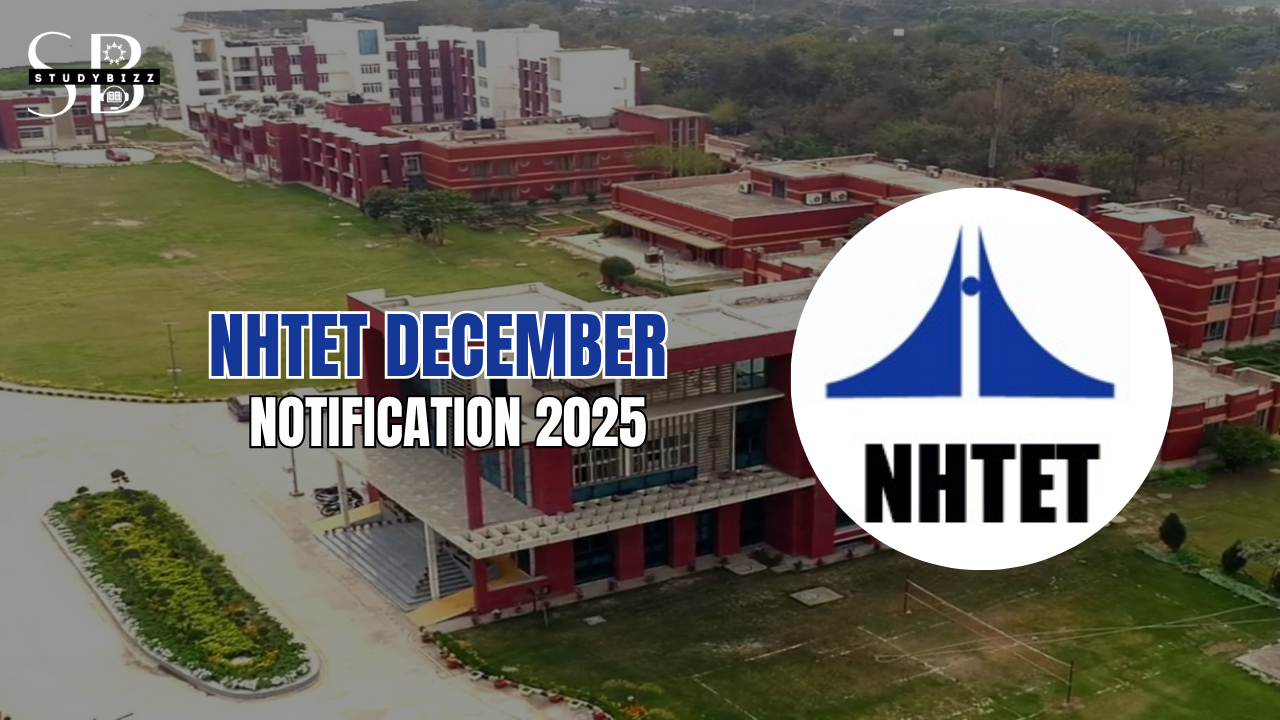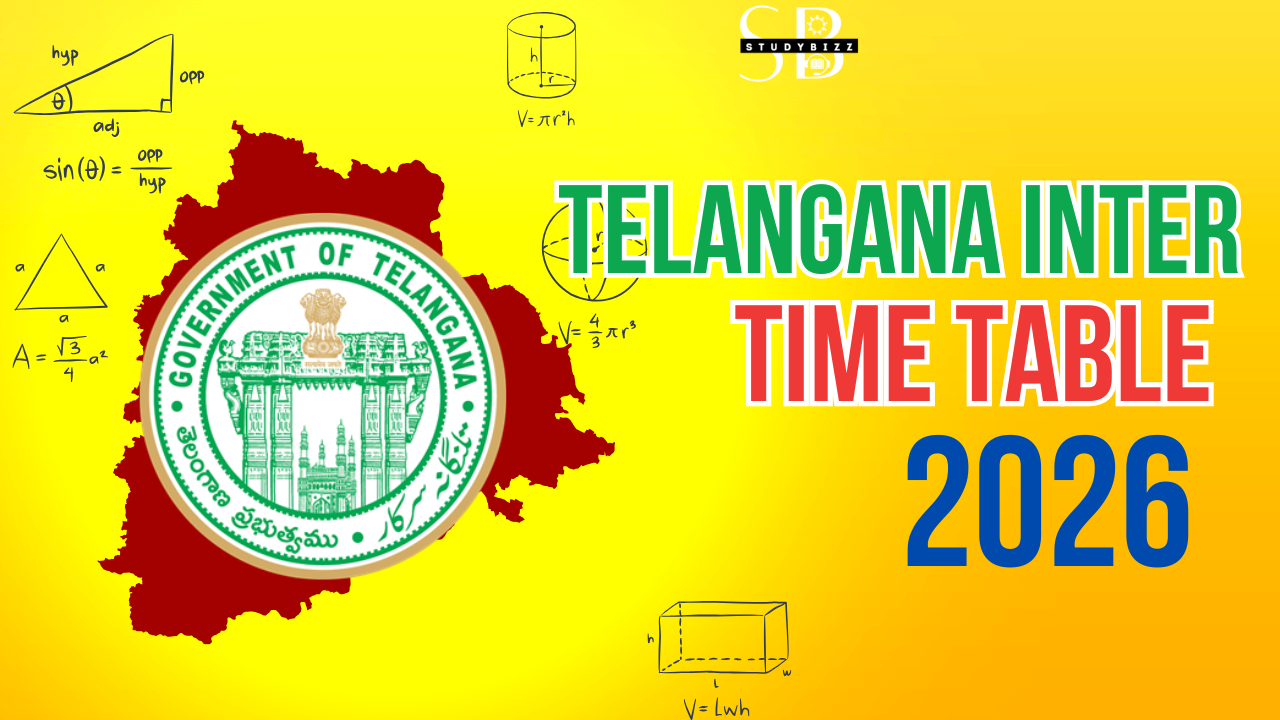Andhra Ikshvakus – Origin
The Andhra Ikshvakus were a dynasty that ruled over andhra region, in what is now the Indian state of Andhra Pradesh and telangana. They claimed themselves descendants of the Ikshvaku dynasty, which was founded by the mythological king Ikshvaku, the son of Vaivasvata Manu. Mention about ikshvakus can be traced from Rigveda, jainameya brahmana. Sriparvatiya Andhras term is found in Matsya Purana.
Andhra Ikshvakus were believed to be the feudatories of satavahanas , who later emerged as Independent post the downfall of Satavahanas
Vasishti Putra Chamtamula is the founder of the dynasty. It is widely believed he founded the empire around 227 AD after the downfall of last ruler of satavahana Pulamovi IV. Vijayapauri (Nagarjunakonda) was their capital. Rentala Inscription of his 5th regnal year supports the theory that he was the founder of this dynasty.
Heirarchy of the Rulers :
As per puranas, it was believed 7 rulers ruled this dynasty , yet only below four names could be traced.
Ancestors prior to Chamtamula worked as feudatories with the titles mahatalavara , mahasenapathi etc under satavahanas.
- Vasishthi-putra Chamtamula (Vāsiṣṭhīputra Cāṃtamūla), c. 227-250
- Mathari-putra Vira-purusha-datta (Māṭharīputra Vīrapuruṣadatta), c. 250-274
- Vasishthi-putra Ehuvala Chamtamula (Vasiṣṭhīputra Ehuvala Cāṃtamūla), c. 274-297; also spelt Ehavala
- Vasishthi-putra Rudra-purusha-datta (Vasiṣṭhīputra Rudrapuruṣadatta), c. 297-309
The names of these rulers were known from the coins and inscriptions found at nagarjunakonda.
Chāṁtamula had daughter, called Advai Chamtiśri, who was married to Mahasenapatī Mahātalavara Dandanayaka Khamdaviśākha of the Dhanaka family.
Chamtamula’s son, Virapurushadatta, married to Rudradharabhaṭṭārikā, a princess of Ujjain.
Sri chamthamula (AD 225.245,)
Chāṁtamula had two sisters named Chāṁtaśri and Hammaśrī. Chāṁtaśri, married to Mahātalavara Skandaśri
of the Pukiya family . she was a great patron of Buddhism. She was primarily responsible for the construction of the Mahachaitya (the earliest datable Buddhist establishment) during the 6th regnal year of Virapurushadatta, her son-in-law.
He borne title Maharaja post expansion of his kingdom with the help of Dhanaka and Vugiyas. Expanding to present day Guntur, Prakasam, Kadapa, Kurnool, Nalgonda, East Godavari Districts), he established a large kingdom. The Early Pallavas, Srihatsalayas, Salankayanas, Dhanakas, and Vugiyas were his vassals. He strengthened the kingdom through marriage relations with the neighboring kingdoms.
Ikshvakus Marriage relations with Neighbours
- Chāṁtamula daughter, called Advai Chamtiśri, – married to Mahasenapatī Mahātalavara Dandanayaka Skandaviśākha of the Dhanaka family.
- Chamtamula’s son, Virapurushadatta – married to Rudradharabhaṭṭārikā, a princess of Ujjain.
- Chāṁtamula had two sisters named Chāṁtaśri and Hammaśrī. Chāṁtaśri, Chamtisri married to Mahātalavara Skandaśri of the Pukiya family .
Religion and Yagnas
He followed vaidic religion and performed many yagas like agnihotra, agnisthtoma, aswameda yagas and gave many generous donations.
Vira Purushadatta (245-265 AD)
He was the son and next king who had ruled around 20 years. Though princess during his period strived for the expansion of buddhism, it is not evident that Virapurushadatta himself followed Buddhism. He followed hindu religion with tolerance towards Buddhism.
Even he tried to strengthen his relations with neighbours with matrimonial alliances, Veerapparushadatta married his daughter Kodabalisa to Vanavasa Maharaja Sivaskandha Nagasathakarni.
It was believed few revolts arose in his 18th regnal year and later got suppressed. In his 6th regnal year his aunt Chāṁtaśri helped for the construction of mahachaitya for buddhist pilgims visiting nagarjunakonda
During his reign Sriparvata had emerged as major Buddhist center and there was huge surge in the number of pilgrims visiting this place.
A special vihara named sigala vihara had been constructed with all the facilities for the pilgrims visiting this tourist spot.
contributions of bodhisiri upasika, neice of bodhisharma (who was rajabhandarika under Ikshvaku rule) are noteworthy.
Ehuvula Chamtamula (265 – 290 AD)
He was the son of Virapurusha Datta and it was widely believed that he ruled for around 25 years.
It is widely believed that early pallavas revolted against Ikshvakus during his rule. With the help of other feudal powers he had suppressed the same.
During his rule ,we can see numerous constructions have come up. Buddhist monasteries and Hindu temples evolved both sides of nagarjuna konda valley.
Devikoda Balisiri constructed a vihara for woman rulers who followed Buddhism. On the other hand senani elisiri had constructed sarvadevadivasam for lord kumara swamy. Prince veerapurushadatta had built lord Shiva temple with the name pushpabadhra.
From his reign we see sanskit was being used in inscriptions. Though they had mother names as surnames, from ehavula’s period we find paternal names being specified in inscriptions.
Rudhra Purushadatta (290-300 AD)
Rudhra Purushadatta was the son of Ehavula Chamtamula and he ruled for more than 10 years
He was believed to be the last known ruler of Andhra Ikshvaku dynasty .
Inscriptions found in Nagarjuna Konda & Gurajala have mentioned about this ruler.
It is widely believed that Early pallava ruler Simha Varma had waged war over Vijayapuri and dethroned the last ruler of Andhra Ikshvakus.
Society during Ikshvakus
People lived in peace and harmony. Religious tolerance was high and Empire was highly secular.
Basis the nomenclature of kings names and the donations made by woman , it proves woman were respected and had some financial freedom.
Agriculture was the primary occupation during this phase and land revenue was the key source of Income. Raja bhandarika was the chief who looked after the state treasury.
Marrying paternal Aunts (Father’s sister) daughters is observed during this phase in south India. Virapurusha Datta married his aunt’s daughters.
Self sufficient rural system was observed during Ikshvakus. Group of villages were called Veragallulu. Guilds or sreni similar to that of Satavahanas were present. Ulika Pramukh denotes head/leader of the srenis
Religious Conditions during Ikshvakus
People during this period followed Hinduism , Buddhism . They lived in harmony and secularism was observed.
Nagarjuna Konda, Sriparvata region became famous pilgrimage center.
Woman from royal clan primarily adhered Buddhism and made many donations.
Construction of temples, Stupas,Viharas reached its zenith. Construction of mudupu Stupas after fulfillment of desires or wants was observed.
Disclaimer: The content is self written by studybizz subject matter experts. Misuse of the same is subject to dmca rules. If any descipency in the data let us know at feedback@studybizz.com




Leave a Reply